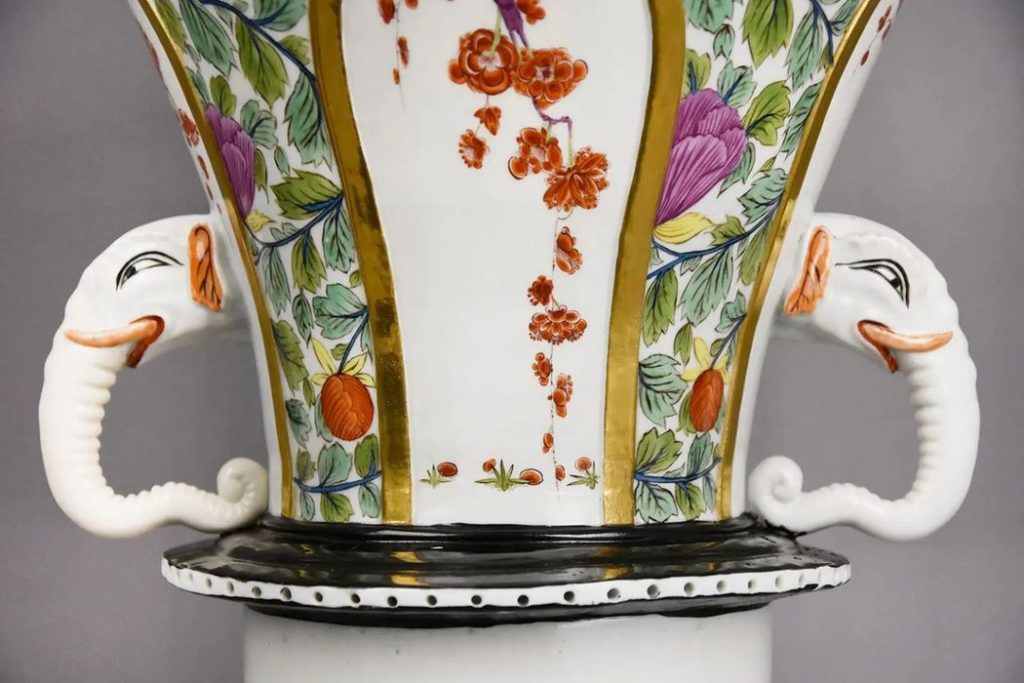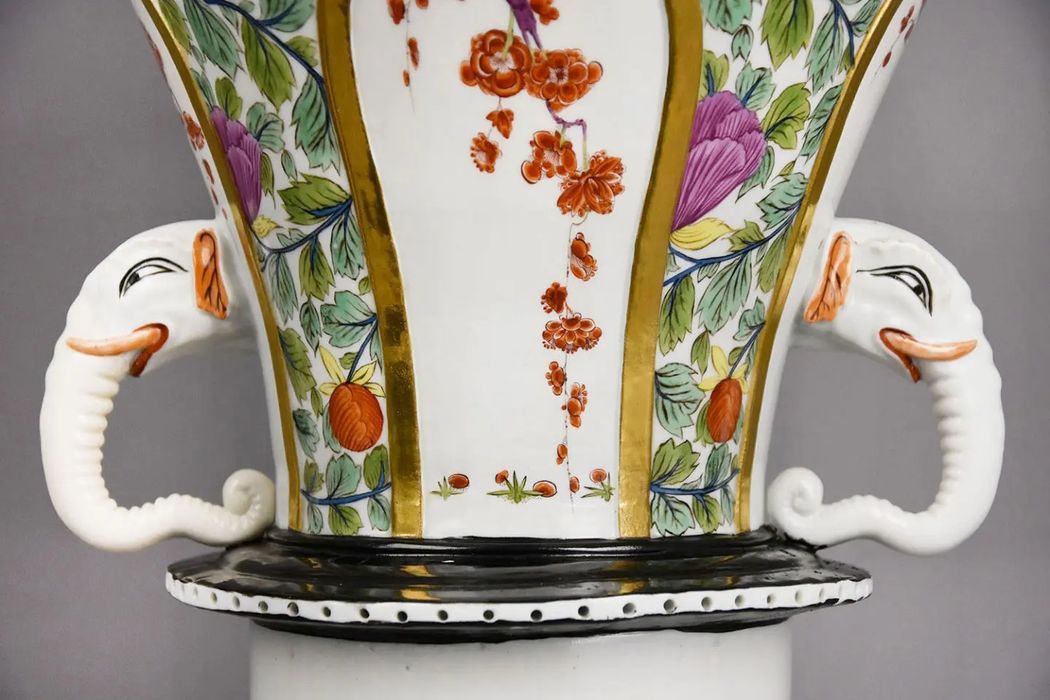
Researchers at Fraunhofer IKTS have developed a method for restoring broken porcelain items.
The concept is for museums to use the new process to repair irreplaceable porcelain items that have been broken, and do so with far greater accuracy and robustness.
The traditional approach for repairing porcelain items is to have a skilled artist handcraft the missing segments. However, that approach is never able to reproduce an identical geometry for the repair section, and it’s also quite expensive.
The result is that broken porcelain items are not repaired as often as might be desired.
The new process, developed by a partnership between Fraunhofer IKTS and Saxon Partners involves use of a vat polyermization approach. Previous attempts at using FFF 3D printing processes did not yield parts sufficiently accurate.
Both approaches use a multi-stage process in which the part is first 3D printed with a binder, followed by a sintering stage to burn out the binder and fuse the particles together.
FFF approaches resulted in parts that warped and were unable to properly join with the original base structure. However, the vat polymerization approach provided not only a warp-free result, but also one with far greater detail: the layer size on these 3D prints was 0.025mm, smaller than most prints attempted on typical resin 3D printers.
Heike Ulbricht of the Staatliche Kunstsammlungen Dresden said (via Google Translate):
“The results are terrific. This process has the potential to become an important addition to the restoration of valuable art objects made of porcelain.”
There’s an interesting use case that appears as a result of this technology. It would be possible for museums to collect detailed 3D scans of their porcelain collections in advance of breakage. Then, if an accident happened to occur, museum workers could pull up the stored 3D model and use the new porcelain process to restore the object to a very high degree of accuracy.
It would also be possible for museums to share these 3D models, particularly if they have identical or similar pieces. A museum caught without a 3D model might be able to request a copy from another museum.
3Druck said (via Google Translate):
“The results achieved with this process are so promising that the project partners have meanwhile presented their results to restorers from renowned art collections and companies from all over Germany in a virtual conference . The response from the audience was consistently positive. Shortly after the event, the first specific request for porcelain restoration was received.”
It may be that this 3D printing approach could become a commercial service for high-end porcelain collectors, both private and public.
However, it’s unlikely to become a commonly used repair process for everyday porcelain items due to cost. In most cases it would be less expensive to simply buy a replacement item, unless the porcelain object has specific sentimental value.
Could we see a 3D print-powered porcelain repair / replacement service emerge in the next few years? I think that’s entirely possible.
Via 3Druck (Deutsche) (Hat tip to Benjamin)

